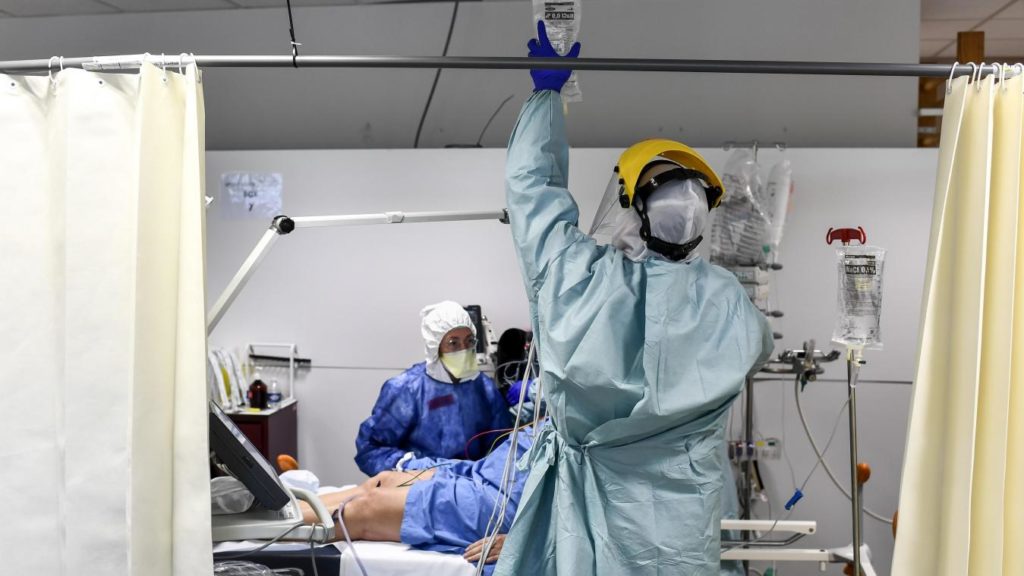The number of new coronavirus infections in Belgium continues to drop, making its way below 5,000 daily cases, according to Sciensano’s latest figures published on Tuesday.
Between 7 and 13 November, an average of 4,911.1 new people tested positive per day over the past week, which is a 41% decrease compared to the week before.
The total number of confirmed cases in Belgium since the beginning of the pandemic is 537,871. The total reflects all people in Belgium who have been infected, and includes confirmed active cases as well as patients who have since recovered, or died as a result of the virus.
Over the past two weeks, 807.3 infections were confirmed per 100,000 inhabitants, which is a 55% drop compared to the two weeks before.
Related News
- How a second wave coronavirus patient differs from the first
- Free, but not mandatory: What we know about Belgium's vaccine plan
Between 10 and 16 November, an average of 440.7 patients was admitted to hospital, down 23% from the week before.
In total, 6,580 coronavirus patients are currently admitted to hospital, or 62 more than yesterday.
Of the patients currently admitted, 1,408 are in intensive care, which is 31 less than the day before. Patients on a ventilator number 889 – 5 less than yesterday.
From 7 to 13 November, an average number of 189.9 deaths occurred per day, which is an increase of 0.5% compared to the week before.
The total number of deaths in the country since the beginning of the pandemic is currently 14,616 – 195 more than yesterday.
Since the start of the pandemic, a total of over 5.5 million tests have been carried out. Of those tests, an average of 29,100 were taken daily over the past week, with a positivity rate of 20%. This means that one in five people who get tested receive a positive result.
The percentage went down by 4.4% compared to last week, and coincides with a 30% fall in the number of tests being carried out, after the authorities decided not to test patients with no symptoms.
Since 21 October, only people with coronavirus symptoms are being tested. That means that some new infections, which used to be detected, are missing in the statistics, Sciensano said. The public health institute will use statistical models to calculate those infections that are not registered under the new testing strategy.
The reproduction rate, meanwhile, has been coming down since 23 October, and now stands at 0.85. That rate (Rt) is the rate at which the virus spreads. Since it is now below 1.0, the virus seems to no longer be growing in the population.
Jason Spinks
The Brussels Times

